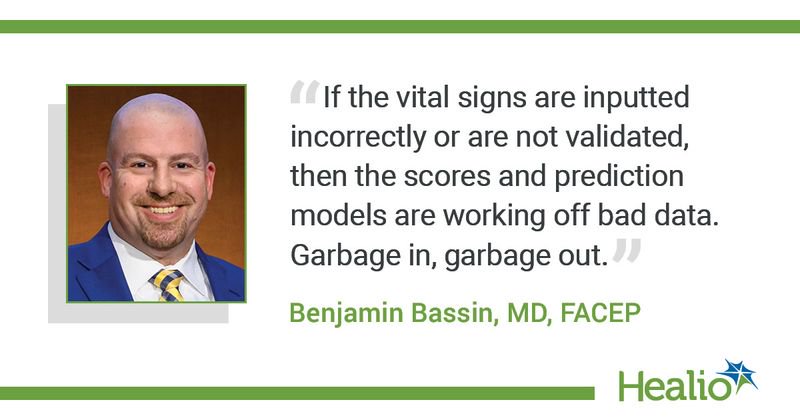Technology advances can give physicians a crystal ball to predict patient decompensation
If physicians could see into the future, we could make more accurate, timely and precise clinical decisions in the present. We may not have a crystal ball yet, but with the advances in machine learning, artificial intelligence and predictive analytics, we are getting closer.
Monitoring for hemodynamic instability (HI) can be a little like seeing into the future. Detecting HI early can help avoid decompensation, improve patient outcomes and better align resource allocation. However, that is extremely difficult to do using traditional monitoring methods.

Fortunately, advances in research, computer science and data analytics — like those being made at the Michigan Center for Integrative Research in Critical Care (MCIRCC) — may finally give physicians a reliable glimpse at a patient’s future with no additional work or resources.
Identification challenges
It is difficult to identify something if you don’t know it exists.
This is less of a problem in the ICU or operating room, where patients are closely monitored by both humans and machines. However, in less resource-intensive areas like a general care floor or telemetry unit, this becomes more of an issue. Patients’ vital signs may only be obtained every few hours, instead of every few minutes, and blood draws and rounding happen less frequently as well. There is also reliance on humans inputting those data into the electronic health record, which can be error prone. If the vital signs are inputted incorrectly or are not validated, then the scores and prediction models are working off bad data. Garbage in, garbage out.
All of this means that a patient in a less-resourced environment may fall through the cracks using the common tools available today and an opportunity to intervene prior to fulminant decompensation may be missed.
This could be solved if we had the ability to continuously monitor every patient in every wing of the hospital, regardless of available staffing, monitoring and frequency of assessments. This challenge has always existed, but the COVID-19 pandemic magnified how even the most highly resourced hospitals can struggle with resource allocation when pushed to the extremes of operating capacity and efficiency.
Researching a solution
At the MCIRCC, we focused on creating a technology that could work behind the scenes in real time to identify patients at risk for deterioration and bring them to our attention sooner, allowing for earlier resource allocation and reinforced clinical decision-making.
The result is a machine learning-based technology (recently granted De Novo classification by the FDA) that continuously, dynamically and noninvasively monitors patients through a single ECG lead for hemodynamic instability. Because it doesn’t use EHR data, it is EHR agnostic — that means it can be used in any health system regardless of which EHR they use. Early studies of the technology show it can effectively “predict” patient deterioration and give the care team enough time to intervene before a patient declines. This allows for improved vigilance, resource allocation, disposition planning and, potentially, patient outcomes.
Many other teams around the country are also focused on addressing pain points in this space. For instance, the FDA recently granted 510(k) clearance for another device aimed at predicting patient decline. Specifically for ICU patients, that solution also uses machine learning and combines vital signs, nursing assessments and data to predict the need for vasopressor/inotrope medication support as a marker for hemodynamic instability.
There are some great developments happening right now in the predictive analytics space and huge investments to continue to do that for the foreseeable future. Wearables, sensors, patches and other incredible advances in technology are making all this possible, and the sky is the limit. Our ultimate goal is to get the right patient the right care at the right time — and this will help us do it. Stay tuned. It’s an incredible time to be involved in medicine, precision health and health care technology. The future is bright.
